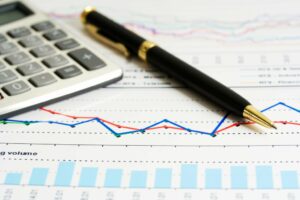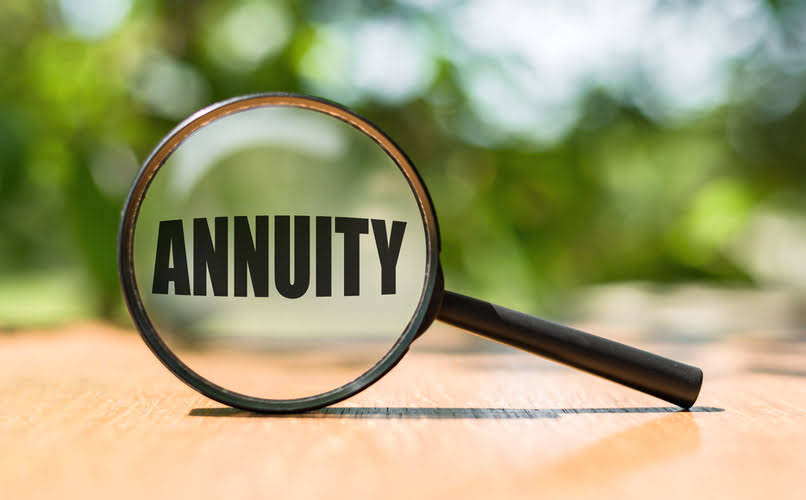
Liquidation value is the total worth of a company’s physical assets if it were to go out of business and the assets sold. The liquidation value is the value of a company’s real estate, fixtures, equipment, and inventory. With a large number of manufacturing https://x.com/BooksTimeInc businesses relying on their machinery for sustained productivity, it is imperative to keep assessing the equipment they own. Constant use and other factors like the nature and quality of these assets cause a continual deterioration.
Depreciated Cost: Definition, Calculation Formula, Example

Charlene Rhinehart is a CPA , CFE, chair of an Illinois CPA Society committee, and has a degree in accounting and finance from DePaul University. In regression analysis, the difference between the observed value of the dependent variable and the predicted value is called the residual. The Ascent is a Motley Fool service that rates and reviews essential products for your everyday money matters.
- The residual value, also known as salvage value, is the estimated value of a fixed asset at the end of its lease term or useful life.
- After the useful life, these computers are obsolete and have no salvage value.
- The Ascent is a Motley Fool service that rates and reviews essential products for your everyday money matters.
- For example, consider a delivery company that frequently turns over its delivery trucks.
- It is also known as scrap value or residual value, and is used when determining the annual depreciation expense of an asset.
- For tangible assets, such as cars, computers, and machinery, a business owner would use the same calculation, only instead of amortizing the asset over its useful life, he would depreciate it.
A Step-by-Step Guide to Calculating an Asset’s Salvage Value
This amount is carried on a company’s financial statement under noncurrent assets. On the other hand, salvage value is an appraised estimate used to factor how much depreciation to calculate. The depreciated cost is the value of an asset after its useful life is complete, reduced over time through depreciation. The depreciated cost method always allows for accounting records to show an asset at its current value as salvage value meaning the value of the asset is constantly reduced by calculating the depreciation cost. This also allows for measuring cash flows generated from the asset in relation to the value of the asset itself. Cash method businesses don’t depreciate assets on their books since they track revenue and expenses as cash comes and goes.
- Though residual value is an important part in preparing a company’s financial statements, residual value is often not directly shown on the reports.
- Perhaps the most common calculation of an asset’s salvage value is to assume there will be no salvage value.
- For example, consider the value of land owned by a company that only slightly went up in value by the end of its useful life.
- As such, an asset’s estimated salvage value is an important component in the calculation of a depreciation schedule.
- Otherwise, you’d be “double-dipping” on your tax deductions, according to the IRS.
- When salvage value changes, it may cause a change in the amount of depreciation expense you can deduct.
What happens when there is a change in a depreciable asset’s salvage value?

The matching principle is an accrual accounting concept that requires a company to recognize expense in the same period as the related revenues are earned. If a company expects that an asset will contribute to revenue for a long period of time, it will have a long, useful life. Salvage value is the estimated book value of an asset after depreciation is complete, based on what a company expects to receive in exchange for the asset at the end of its useful life. As such, an asset’s estimated salvage value is an important component in the calculation of a depreciation schedule.

The initial value minus the residual value is also referred to as the “depreciable base.” The residual value, also known as salvage value, is the estimated value of a fixed asset at the end of its lease term or useful life. In lease situations, the lessor uses the residual value as one of its primary methods for determining how much the lessee pays in periodic lease payments. As a general rule, the longer the useful life or lease period of an asset, the lower its residual value. One of the first things you should do after purchasing a depreciable asset is to create a depreciation schedule. Through that process, you’re forced to determine the asset’s useful life, salvage value, and depreciation method.


When calculating depreciation in your balance sheet, an https://www.bookstime.com/ asset’s salvage value is subtracted from its initial cost to determine total depreciation over the asset’s useful life. Incorporating a robust ERP system like Deskera can significantly enhance how businesses manage and calculate salvage value. Deskera ERP provides comprehensive asset management features that streamline the tracking, depreciation, and eventual disposal of assets. Also integrating an AI mechanism like ERP.ai to your ERP system can make it smarter by enhancing enterprise process, data governance & decision-making.
